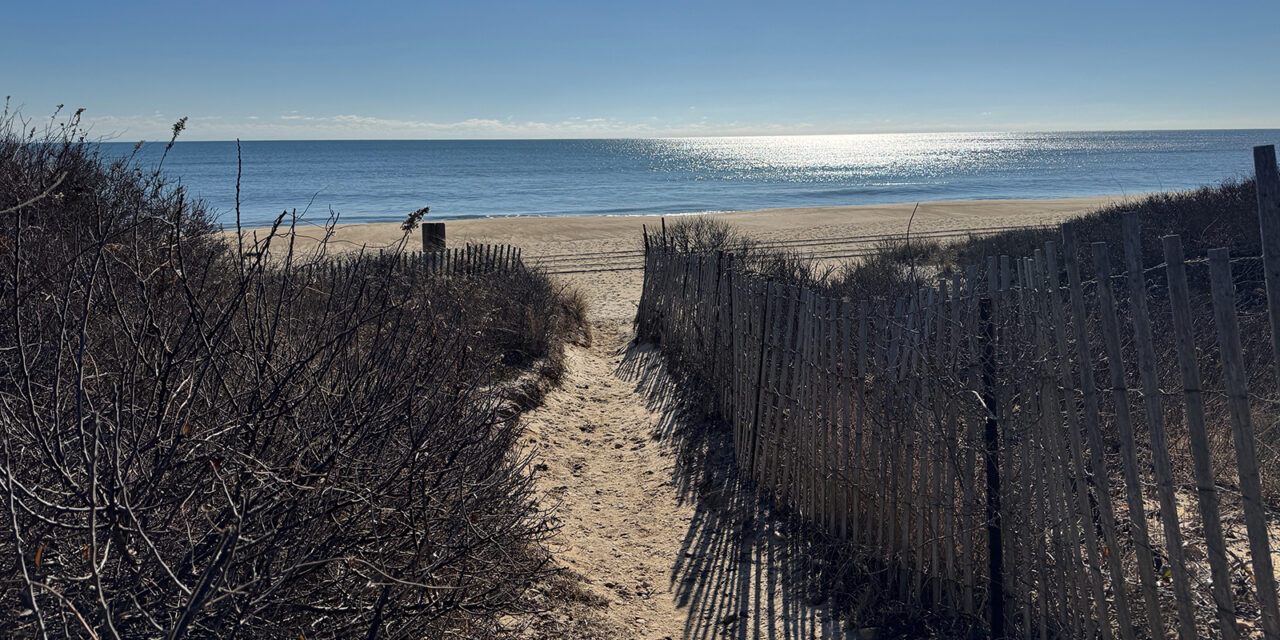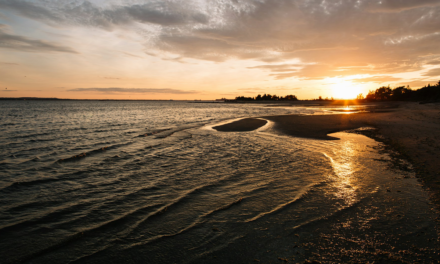Long Island is quite the experience in New York.
From the West End of the island, where there’s the bulkhead of citizens in Queens and Brooklyn, to the East End in rural wine country, there is a contrast everywhere you look. Skyscrapers, then farms. The most diverse West End in the country, to the East End, which has a reputation for exclusivity and tension around race and class. Long Island is a place of extremes and contradictions, a microcosm of the broader American experience.
Whether you’re enjoying the bustling communities of Nassau County, the historic estates of the Gold Coast, or the windswept beaches of the Hamptons, Long Island’s variety is unparalleled.
It’s a blend of history, culture, and natural beauty that has continually drawn people for centuries.
Table of Contents
A General History of Long Island
Long Island has always been a land of opportunity and diversity.
From its original Indigenous inhabitants to its current role as a suburban haven and cultural melting pot, the island has a rich history shaped by waves of settlers, economic development, and cultural shifts.
- Pre-1600s: Indigenous tribes like the Montaukett, Shinnecock, and Massapequa lived sustainably off the island’s natural resources. They hunted, fished, and farmed, creating vibrant communities that thrived for centuries.
- 1609: The Dutch explorer Henry Hudson sailed past Long Island, naming it “Lang Eylant” (Long Island).
- 1640: English settlers began establishing towns, starting with Southold and Southampton, bringing European farming practices to the island.
- 1800s: The construction of railroads connected Long Island to New York City, fueling suburban growth and tourism, especially along the beaches and estates of the North and South forks.
- 1900s: The aviation industry boomed on Long Island, with major companies like Grumman Aircraft producing military planes during World War II. This era also saw the development of Levittown, the prototype for post-war suburban communities.
- Today: Long Island remains a vital part of New York, balancing its suburban appeal with its historical landmarks, vibrant communities, and natural beauty.
Cultural Landmarks and Regions
The West End: Brooklyn and Queens
Technically part of Long Island but administratively part of New York City, Brooklyn and Queens represent the island’s urban core. They are known for their cultural diversity, bustling neighborhoods, and iconic landmarks like the Brooklyn Bridge and Flushing Meadows-Corona Park.
The North Shore: Gold Coast Elegance
Often called the “Gold Coast,” this area gained fame in the 1920s as the playground of the rich and famous, inspiring F. Scott Fitzgerald’s The Great Gatsby. Today, its historic mansions, like Oheka Castle, showcase its grandeur.
The South Shore: Beaches and Boating
The South Shore is home to some of the island’s most famous beaches, including Jones Beach and Fire Island. It’s also a hub for boating and fishing enthusiasts, with marinas and waterfront communities offering a laid-back vibe.
The East End: Vineyards and Villages
The East End splits into the North Fork, known for its wineries and farm-to-table experiences, and the South Fork, which includes the Hamptons and Montauk. These areas are summer escapes for city dwellers and home to some of the most exclusive real estate in the country.
Q&A on Long Island
Q: How did Long Island’s geography shape its history?
A: Its proximity to New York City made it a crucial trade and transportation hub, while its fertile soil and abundant coastline supported farming and fishing industries.
Q: Why is the North Shore called the Gold Coast?
A: The term reflects the area’s affluence during the early 20th century when industrialists built lavish estates along the shoreline.
Q: What is Long Island’s role in aviation history?
A: Long Island was home to major aviation companies like Grumman and was where Charles Lindbergh began his historic solo flight across the Atlantic in 1927.
The Spirit of Long Island
Long Island’s story is one of resilience and reinvention.
From its Indigenous roots to its pivotal role in the development of suburban America, the island continues to evolve while preserving its cultural and natural heritage. Its contrasts—urban and rural, historic and modern, bustling and serene—are what make Long Island such a compelling destination for visitors and residents alike.
Whether you’re exploring the sandy beaches of the South Shore, the historic charm of Sag Harbor, or the vineyards of the North Fork, Long Island offers something for everyone, all just a short drive or train ride from New York City. It’s a place where history, culture, and nature collide, creating a destination that is as dynamic as it is enduring.





